Michael Brundage, Patrick Dengler, Jeff Gabriel, Andy Hoskinson, Michael Kay, Thomas Maxwell, Marcelo Ochoa, Johnny Papa, Mohan Vanmane, Kevin Williams9781861003584, 1861003587
By introducing guidelines for how to model your XML documents in relational databases and how to model relational database information as XML, we will establish structures that enable quick and efficient access, and make our data more flexible. We then look at the developer’s XML toolbox, discussing associated technologies and strategies that will help us in describing, processing, and manipulating data. We also discuss common techniques for data access, data warehousing, transmission, and marshalling and presentation, giving working examples in every chapter.
Whether you are using XML for storage, as an interchange format, or for display, this book looks at some of the key issues you should be aware of when structuring, processing, accessing, and storing your documents.
Amazon.com Review In addition to being a tutorial for learning how to use XML as an effective way to represent and transmit data across the Web, Professional XML Databases also covers how to work with XML in the current generation of Microsoft tools, like Internet Explorer and SQL Server 2000. For any developer or manager who works with databases on the Windows platform, this book shows how you can delve into XML today for real projects.
With endorsements from virtually every major vendor (including Microsoft), XML looks to be a compelling standard for sharing corporate data between organizations. Professional XML Databases examines how to integrate XML into your organization’s database infrastructure. Early sections concentrate on the rules and strategies for designing effective XML documents (DTDs) that mimic traditional tables (including links between tables). By providing almost a dozen rules on how to do this correctly, the book assures that you’ll learn not only the basics of XML syntax but also the correct way to create DTDs that are efficient, easy to maintain, and readable across your business. (Further sections reverse this process and show you how to create database tables based on XML.)
Subsequent sections cover many of the standards and APIs in today’s XML, from XML Schemas, the XML W3C Document Object Model (DOM), and the Simple API for XML (SAX), to related standards like XSLT, XPath, and XPointer. A number of books cover these APIs, but this one provides a unique focus by examining Microsoft tools and their support for XML. This means there is coverage of Microsoft ADO (and ADO+, now called ADO.NET) for querying databases and packaging the results as XML. Sections on SQL Server 2000 highlight ways to use XML in this product, both as results and through XML views.
Closing sections explore options for working with XML for data warehousing and transmitting data efficiently across organizations. Sections on Java and the DB Prism (an open-source XML framework) help give this book a perspective that extends beyond the Microsoft platform.
For any database developer or designer who needs to architect XML documents in order to share data in real projects, this advanced treatise on the right way to define and use XML will prove highly valuable. For anyone who uses SQL Server 2000, this book also points the way toward using XML standards in actual shipping products on the Microsoft platform. –Richard Dragan
Topics covered:Hints for effective XML document design (including XML for text and XML for databases) Designing XML for existing database tables Creating database tables from XML Standards guidelines for XML used within (and between) organizations XML Schemas The XML W3C Document Object Model (DOM) Using the Simple API for XML (SAX) XSLT XPath used with style sheets and templates Resource linking with XLink Overview of additional emerging XML-based standards (including XBase, XInclude, XHTML, and XForms) The XML Query language Converting between flat file databases and XML Introduction to Microsoft ADO, ADO+ (ADO.NET), and XML Storing and retrieving XML in SQL Server 2000 (including OPENXML and XML views) Tutorial for JDBC programming JDBC used with XML Data warehousing Data transmission with XML The Simple Object Access Protocol (SOAP) Marshalling and presentation with XML (including a WML example for generating wireless content) Sample case studies for SQL Server 2000 showing XML techniques DB Prism (an open-source dynamic XML framework) XML and database primers References for XML datatypes and SAX
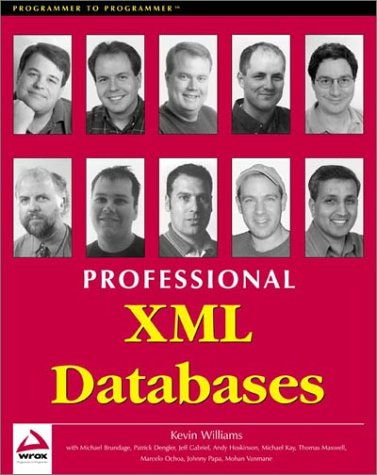
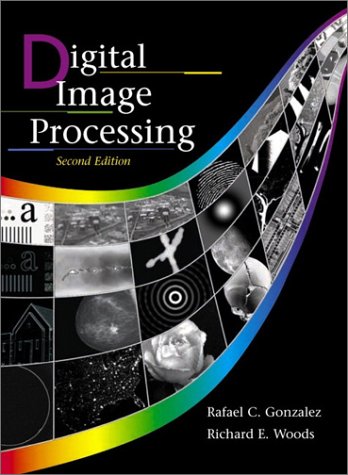
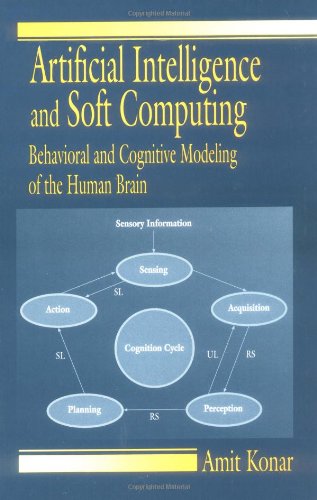


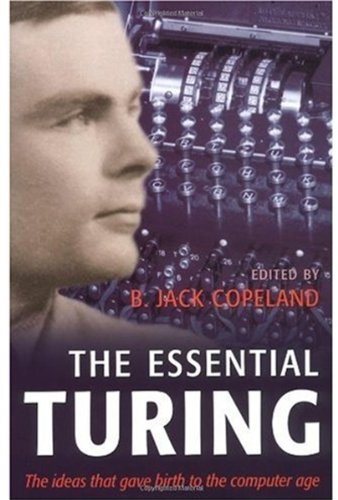
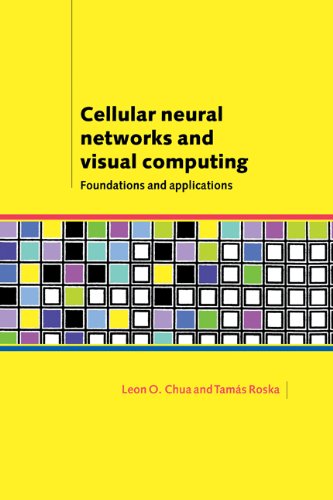
Reviews
There are no reviews yet.